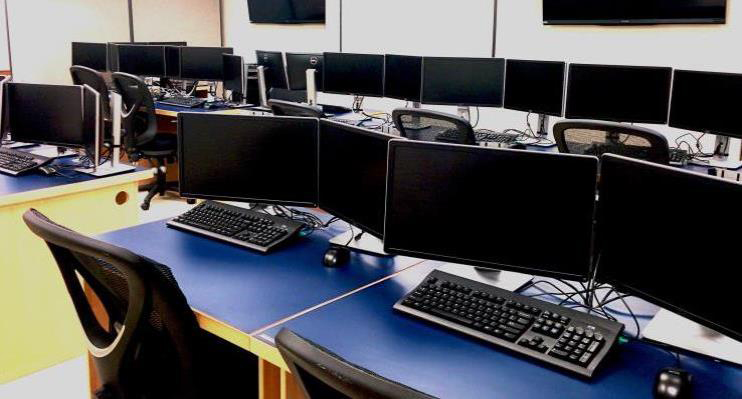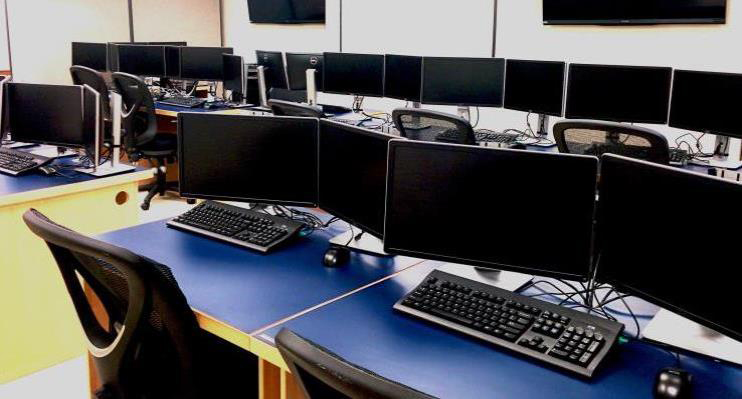Reconfigurable Attack-Defend Instructional Computing Laboratory (RADICL)

The goal of the University of Idaho’s special purpose lab RADICL (Reconfigurable Attack-Defend Instructional Computing Laboratory) is to enable hands-on teaching and research in the areas of information assurance, cyber-defense and modern computing platforms and networks.
In RADICL students can run cyber security experiments that they would not be able to do in a traditional lab. RADICL enables teams of students and researchers to create and deploy multiple independent experiments that are quick to set-up and modify. Within the context of these isolated experiments, students and researchers are able to design, implement, examine, explore and develop a detail-oriented hands-on view of modern computing infrastructures. This is due to the unique isolation of the lab made possible by multiple layers of both hardware and software. These layers create separation between the lab and the university network, creating essentially a black box so that no information from the lab can escape it. Students are also able to create a virtual private network infrastructure to simulate a large scale IT environment like those found in businesses and universities. The lab also creates a platform for students to practice for Collegiate Cyber Defense Competitions, such as the Pacific Rim competition where the University of Idaho took second place last year. RADICL is operated, programmed and managed by students. RADICL was originally created and implemented in 2003 by the Computer Science Department and Scholarship for Service students under the initiative and direction of Paul W. Oman with funding provided by the National Science Foundation (NSF). Since that time it’s computing and software infrastructure has gone through several improvements. The latest improvements, implemented in 2014, were funded by the State of Idaho under the Idaho Global Entrepreneurial Mission (IGEM). The current configuration of RADICL makes full use of virtualization features built into modern computing environments.









